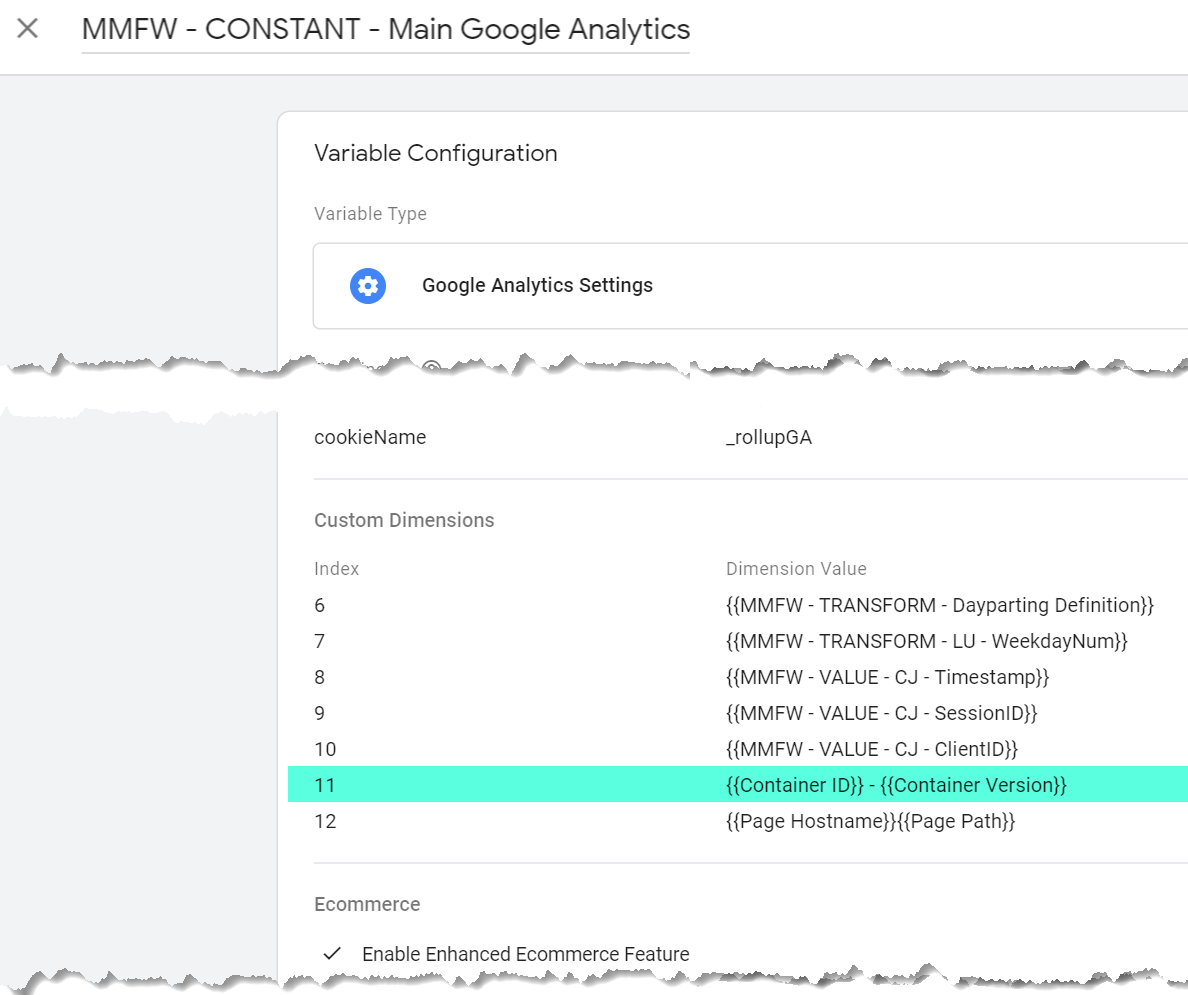Discovering Google Analytics Secondary Dimension: Methods and Advantages
Discovering Google Analytics Secondary Dimension: Methods and Advantages
Blog Article
Opening the Power of Second Measurement Analytics for Boosted Information Insights and Decision-Making
In the world of information analytics, key dimensions typically take the limelight, but the true depth of understandings exists within the realm of second measurements. These added data points provide a nuanced viewpoint that can light up patterns and partnerships not readily obvious at first glimpse. By using the power of additional measurement analytics, organizations can introduce surprise patterns, uncover relationships, and essence a lot more significant verdicts from their data. The potential for boosted decision-making with the usage of these second dimensions is huge, assuring a deeper understanding of complex information sets and leading the way for more enlightened critical options.
Importance of Second Measurements
Discovering the significance of secondary dimensions in analytics reveals the surprise layers of information understandings vital for educated decision-making in numerous domains. Secondary measurements give a deeper understanding of main information by providing extra context and viewpoints. By including secondary measurements into analytics, companies can draw out more comprehensive and nuanced insights from their datasets.
One trick significance of second measurements is their ability to section and categorize primary data, enabling a more thorough analysis of specific subsets within a dataset. This segmentation allows services to identify patterns, fads, and outliers that might not appear when considering the data all at once. Moreover, second dimensions help in uncovering relationships and dependences between different variables, resulting in even more exact projecting and anticipating modeling.
Moreover, second dimensions play an important function in improving information visualization and coverage. By adding additional measurements to visualizations, such as charts or graphes, experts can produce more informative and informative representations of data, promoting far better communication of searchings for to stakeholders. On the whole, the integration of second measurements in analytics is critical in opening the full possibility of data and driving evidence-based decision-making.
Trick Advantages of Making Use Of Secondary Dimensions
Utilizing additional measurements in analytics offers organizations a calculated benefit by boosting the deepness and granularity of information understandings. By studying information making use of secondary measurements such as time, area, tool type, or user demographics, organizations can uncover patterns, patterns, and relationships that may otherwise remain covert.
Additionally, the utilization of second dimensions boosts the context in which primary data is analyzed. It supplies a much more thorough view of the relationships in between different variables, enabling organizations to make enlightened choices based on a more all natural understanding of their information. Additionally, second measurements promote the recognition of outliers, abnormalities, and locations for optimization, ultimately bring about a lot more efficient approaches and boosted results. By leveraging additional measurements in analytics, organizations can harness the complete capacity of their information to drive better decision-making and achieve their company objectives.
Advanced Data Analysis Techniques
A deep dive into innovative information evaluation techniques discloses innovative techniques for removing useful insights from intricate datasets. One such technique is artificial intelligence, where formulas are employed to identify patterns within data, predict end results, and make data-driven decisions. This method enables the automation of logical version structure, allowing the processing of big volumes of information at a faster pace than conventional approaches.
An additional sophisticated technique is anticipating analytics, which utilizes analytical algorithms see here and equipment knowing techniques to forecast future outcomes based upon historic data. By evaluating trends and patterns, companies can expect consumer habits, market patterns, and prospective threats, encouraging them to make aggressive choices.
In addition, text mining and view analysis are important strategies for drawing out insights from disorganized data sources such as social media sites comments, client reviews, and study feedbacks. By analyzing message information, companies can understand client point of views, recognize emerging trends, and boost their solutions or products based on feedback.
Enhancing Decision-Making Through Secondary Dimensions

Enhancing decision-making via additional measurements allows services to make even more informed and targeted strategic choices. By segmenting customer information based on second dimensions like buying history or involvement levels, firms can customize their advertising approaches to specific audience sections, leading to enhanced conversion prices and consumer satisfaction. Moreover, additional dimensions can assist recognize relationships and connections between various variables, making it possible for organizations to make data-driven choices that drive growth and profitability.
Executing Additional Dimension Analytics
When incorporating additional measurements in analytics, organizations can unlock deeper insights that drive critical decision-making and enhance total performance. Applying secondary dimension analytics calls for a structured strategy to ensure effective usage of this powerful tool. The primary step is to identify the key metrics and dimensions that line up with the organization's tactical goals. This involves understanding the certain concerns the organization seeks to address and the data points required to address them.

Furthermore, companies should leverage progressed analytics tools and innovations to simplify the procedure of integrating additional dimensions. These devices can automate data handling, analysis, and visualization, allowing companies to focus on analyzing insights instead than hands-on data control.
Conclusion
In verdict, second measurement analytics play a crucial role in boosting information understandings and decision-making processes. By utilizing innovative information analysis methods and applying second measurements efficiently, organizations can unlock the power of their information to drive calculated company decisions.
In the realm of information analytics, key dimensions frequently take the spotlight, yet the true deepness of understandings exists within the realm of secondary measurements.Using additional dimensions in analytics provides companies a calculated benefit by augmenting the deepness and granularity of data understandings. By leveraging second dimensions in analytics, organizations can harness the complete potential of their information to drive better decision-making and attain their organization objectives.
Carrying out information validation processes and regular audits can assist keep information high quality and integrity.
By utilizing read the full info here sophisticated information evaluation techniques and carrying out secondary dimensions properly, organizations can open the power of their information to drive calculated organization decisions.
Report this page